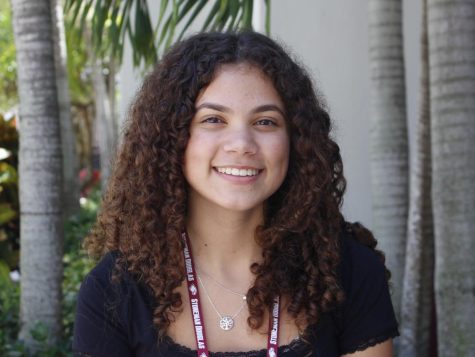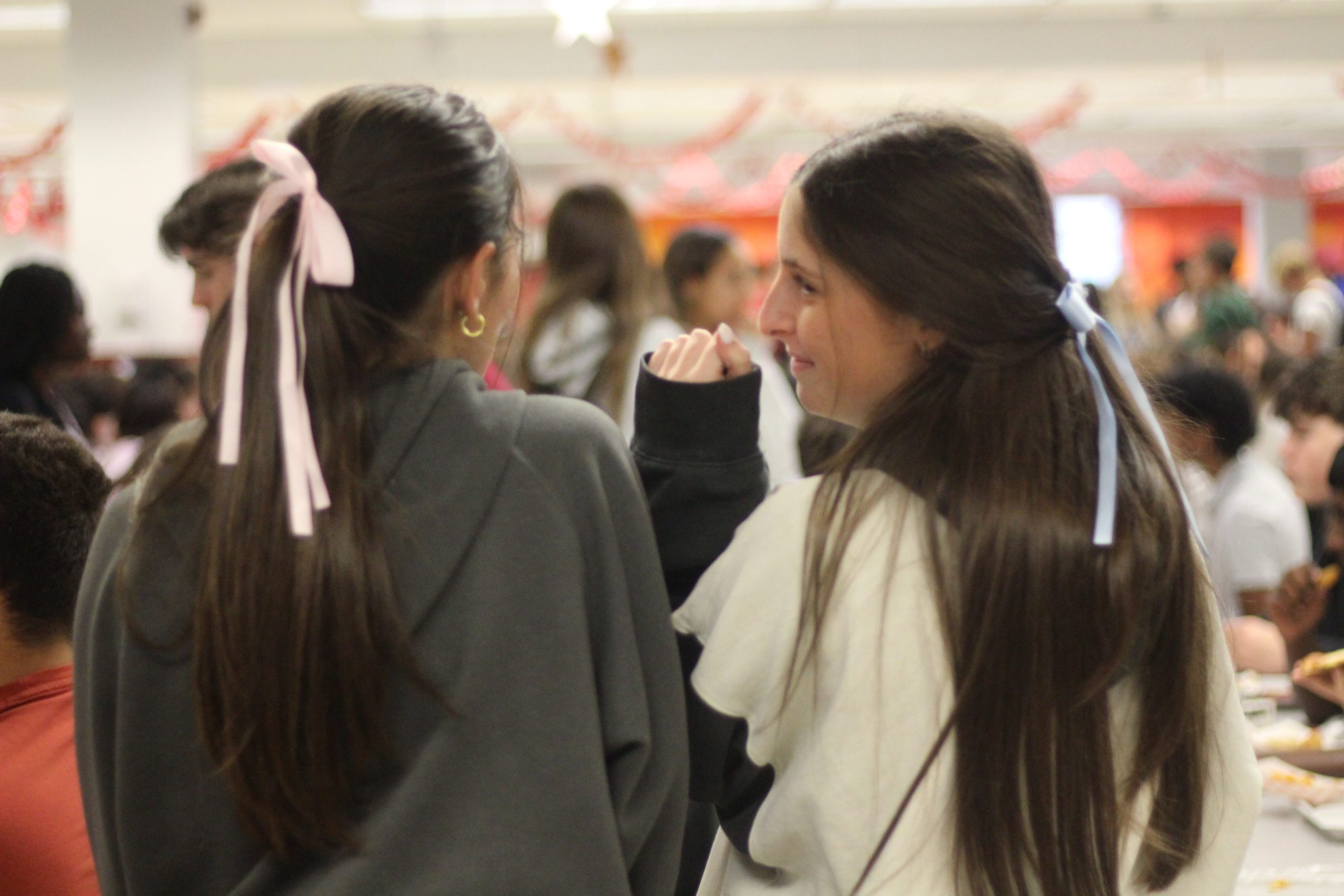BCPS re-names all codes for a more coherent understanding
November 1, 2022
Code red, yellow, green, black and more. All these drills were practiced by students, staff, teachers, and administration quite frequently, but what do they all mean? In case of emergencies, these “codes” were used to ensure not just the safety of those on campus every day, but also that of visitors and new students or staff. However, these code names can become quite confusing to someone who is not well informed of them, so to ensure the safety of everyone, Broward County Public School District changed the names of these codes for better understanding in emergencies.
Plain language is a term defined to be straight to the point, and does not require thinking. With the code changes, visitors can easily understand what to do and where to go in case of emergencies.
The “I Love U Guys” foundation, created by Ellen and John-Michael Keys. Starting in 2006, this foundation was created because of the loss of their daughter, Emily Keys, in a school shooting. The mission is to “restore and protect” youths through collaborations between schools, parents, organizations and more. This foundation is supported by survivors, first responders, etc., and is dedicated to safety. The foundation’s website shows all of the exercises, activities and training they have prioritizing safety.
“Terms like code yellow could be confusing for visitors on campus because it is very vague and doesn’t give any hints as to protocol or what it means,” junior Nicholas Montenegro said.
Lockdowns, formally known as code reds, are frequently practiced in case an active threat comes onto the campus. These are taken especially seriously at MSD and to a visitor, “code red” could be a little confusing. The term lockdown however, is much easier to follow for visitors on campus.
According to the “Standard Response Protocol Parent Handout,” lockdown represents the phrase “Locks, Lights, Out of sight.” The training and practice for students is much different than that of adults and staff. Students must remain silent, hide in designated safe zones, and not open the door for anyone. Adults and staff must try and recover students from the hallways if it is possible, lock classroom doors, stay silent, turn off all lights, move from sight and prepare for defense or evacuation.
“Lockdown is a much more straightforward code name, which could save people some confusion during emergency situations,” junior Karen Liu said.
Secure, or code yellows, are drills practiced if there is a threat near the school, classes are continued as usual with limited entry and exit. Secure represents “Get inside. Lock the doors,” students and adults, like lockdowns, have different expectations and responsibilities.
Students are trained to return to the inside of the building, and return to business and tasks and lessons as usual. Adults and staff members are trained to bring everyone indoors, lock the doors, be aware of all surroundings, account for students and adults in their classroom, office, or area, and like students, to continue business as usual.
Living in the state of Florida, it is important for schools to practice drills in the emergency of tornados, earthquakes, hurricanes and more. The plain language for drills like these are now called Shelter, which represents “State Hazard and Safety Strategy.” The safety strategy depends on the severity and the type of disaster. Students are trained to follow teacher or adult instructions, while adults account for those in their area and report problems and injuries.
Formally known as code blacks, Evacuate, representing “To a location,” is a drill in which students will evacuate the school. This term is much easier for those visiting or new to the school to understand.
The last plain language term is Hold, representing “In your classroom or area.” This requires that students clear hallways and remain in classrooms, doing business as usual.
These plain language terms are going to be a huge change for not just MSD, but the entirety of Broward County.
This story was originally published in the October 2022 Eagle Eye print edition.









